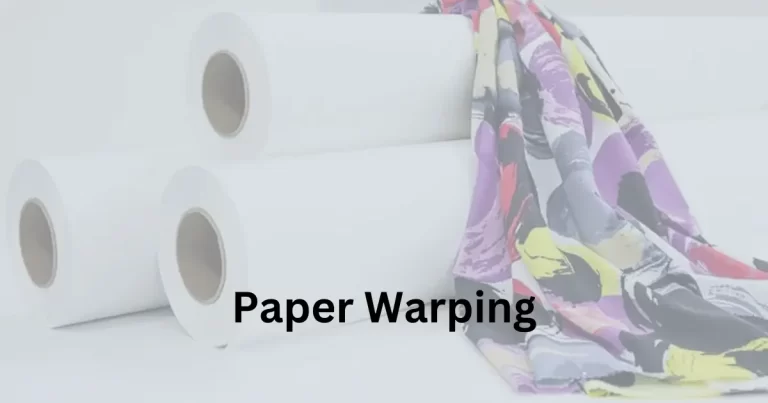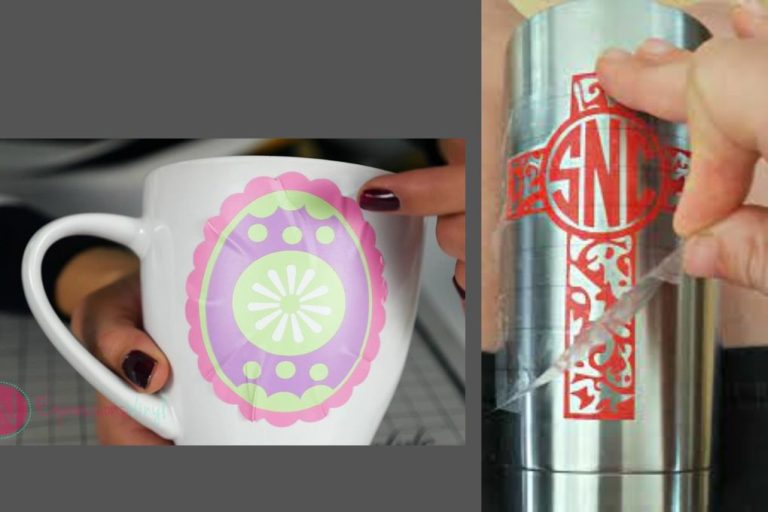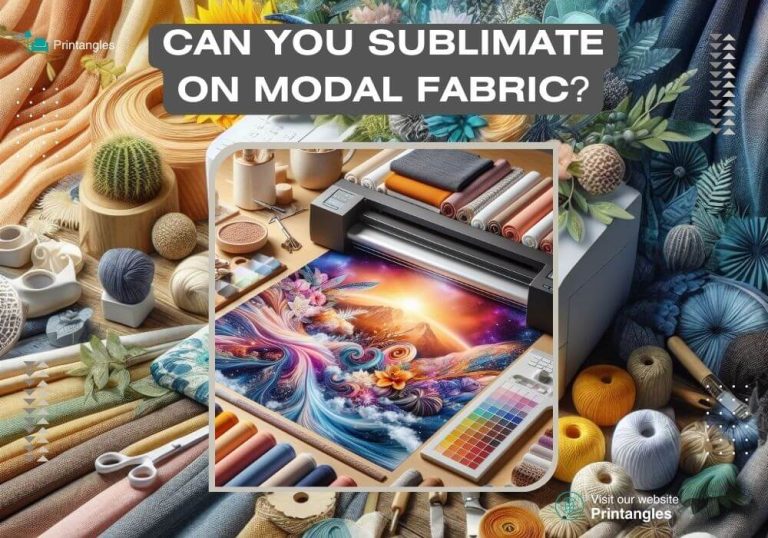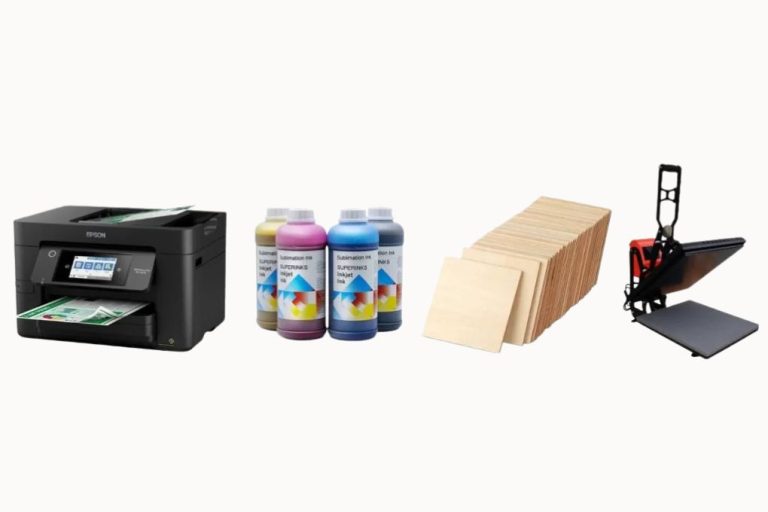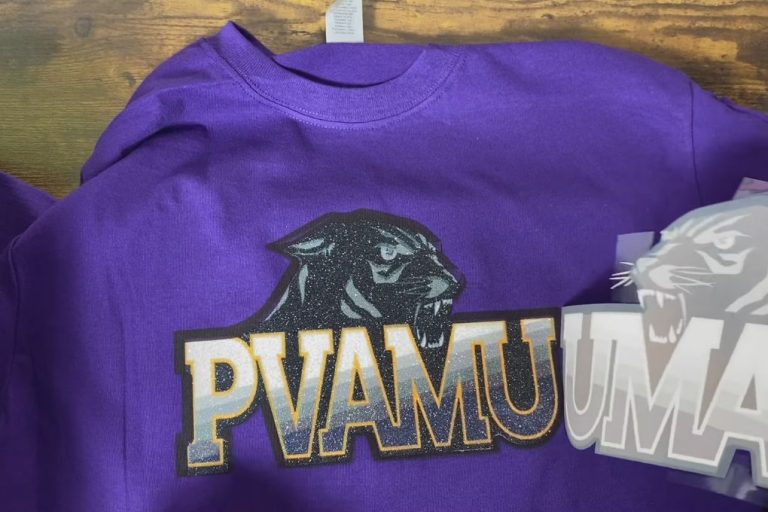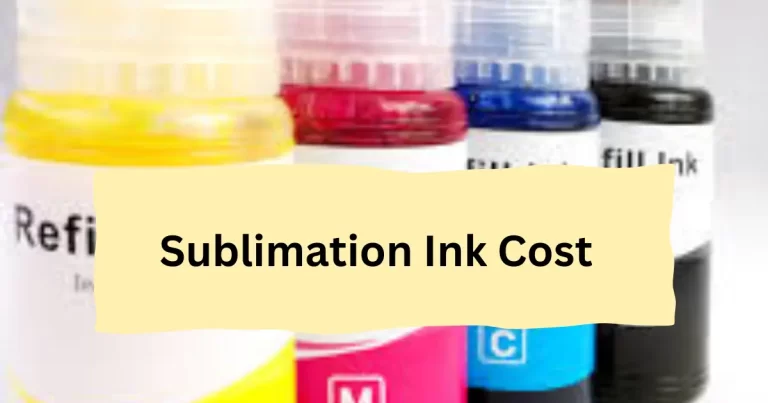Is Sublimation Better Than Screen Printing?
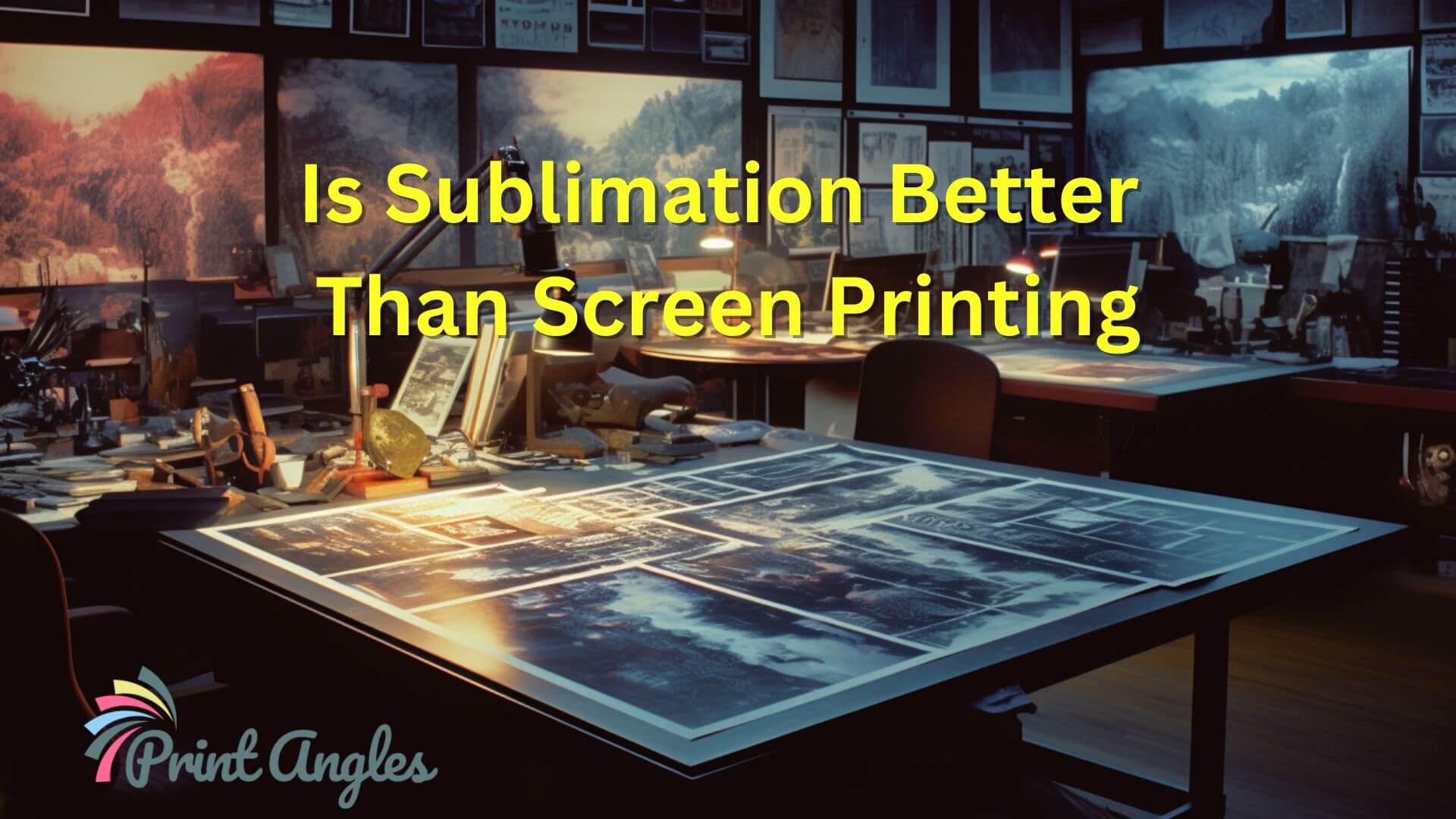
In the realm of garment and fabric printing, two popular techniques have emerged as contenders for delivering high-quality, vibrant designs: sublimation and screen printing. Both methods offer distinct advantages and considerations, making it essential to choose the right printing method for different applications.
Let’s delve into the comparison and discusses is sublimation better than screen printing, shedding light on their respective techniques, discussing the importance of selecting the appropriate method, and providing insights into which method might be better suited for specific printing needs.
Table of Contents
- Understanding Sublimation and Screen Printing
- Sublimation vs Screen Printing: The Basics
- Detailed Comparison: Dye Sublimation vs Screen Printing
- Advantages and Disadvantages of Sublimation
- Advantages and Disadvantages of Screen Printing
- Which is Better: Sublimation or Screen Printing?
- Is Sublimation Better Than Screen Printing?
- Conclusion
- Frequently Asked Questions – Is Sublimation Better Than Screen Printing
- Can I use any printer for sublimation?
- Is sublimation printing durable?
- Can screen printing be done on any material?
- Is sublimation better for detailed designs?
- Can you use sublimation on cotton?
- How can I make sublimation brighter?
- Are sublimation prints safe for dishwashers and microwaves?
- Can you overheat a sublimation print?
Understanding Sublimation and Screen Printing
What is Sublimation?
Sublimation printing involves the transfer of sublimation ink from a solid state to a gaseous state, which then permeates the fabric and solidifies to create a vibrant and durable print. This technique allows for intricate and detailed designs, as well as the ability to reproduce gradients and complex color schemes with exceptional accuracy. Sublimation printing is commonly used for sportswear, customized apparel, promotional items, and personalized products.
If you’re new to sublimation and want to explore more, read What is Sublimation?
What is Screen Printing?
Screen printing has long been a trusted and widely employed method for fabric printing. It involves pressing ink through a mesh screen onto the fabric, creating a layered and textured design. Screen printing offers versatility, allowing for prints on various materials, including cotton, polyester, and even wood or metal. It is often chosen for large-scale production runs, offering cost-effectiveness and consistent quality. Screen printing is frequently used for t-shirts, uniforms, signage, and other promotional materials and it’s known for its durability and high-quality screen print.
Sublimation vs Screen Printing: The Basics
To answer Is Sublimation Better Than Screen Printing, the fundamental difference between sublimation and screen printing lies in their respective processes.
Sublimation Printing Process
The sublimation printing process involves the following process
Design Creation: The first step in sublimation printing is creating or obtaining the desired design. This can be done using graphic design software.
Printing on Transfer Paper: Once the design is ready, it is printed using special sublimation printer and ink onto transfer paper. Sublimation ink is formulated to convert from a solid to a gas under heat and pressure.
Preparing the Fabric: The fabric or substrate to be printed on is pre-treated with a special coating that allows it to bond effectively with the sublimation ink. This is essential for achieving vibrant and durable prints.
Heat Press Transfer: The printed transfer paper is carefully placed on top of the fabric, with the design facing down. The fabric and transfer paper are then subjected to high heat and pressure using a heat press machine.
Ink Sublimation: As the heat and pressure are applied, the sublimation ink on the transfer paper transforms into a gas. This gas penetrates the fabric’s surface, bonding with its fibers.
Cooling and Solidification: After a specific duration of heat and pressure, the heat press is released, and the fabric is allowed to cool down. As the ink gas cools, it reverts to a solid state, permanently integrating with the fabric’s fibers.
Finishing Touches: Once the fabric has cooled, any excess ink or residue is removed, and the printed garment or item is inspected for quality. The fabric is then ready for use or further processing, such as cutting and sewing.
Recommended: Benefits of sublimation printing for personalized gifts
Screen Printing Process
The Screen printing process has following steps
Design Preparation: The first step in screen printing is creating the desired design. This can be done by hand-drawing the design or using graphic design software to create a digital image.
Screen Preparation: A screen, typically made of a fine mesh material such as polyester or nylon, is prepared for printing. The screen is stretched tightly over a frame, creating a taut and flat surface. Then, a light-sensitive emulsion is applied to the screen, which is allowed to dry.
Creating the Stencil: The design is transferred onto the screen by placing a film positive with the design on top of the screen. The screen is then exposed to UV light, which causes the emulsion to harden, except in areas that are blocked by the design on the film positive. This process creates a stencil on the screen.
Ink Preparation: The desired ink colors are prepared. Screen printing inks can be either water-based or plastisol-based, depending on the material being printed on and the desired effect.
Printing Setup: The screen with the stencil is securely mounted onto a printing press. The fabric or substrate to be printed on is positioned beneath the screen, with proper alignment.
Ink Application: A small amount of ink is placed on the top end of the screen. A squeegee is then used to pull the ink across the screen, exerting even pressure. The ink is forced through the open areas of the stencil, transferring the design onto the fabric below.
Repeat Printing: After each print, the screen is lifted, and the fabric is moved forward for the next print. This process is repeated until the desired number of prints is achieved with fantastic print quality.
Drying and Curing: Once the printing is complete, the printed fabric is set aside to dry. For water-based inks, air drying is usually sufficient. However, plastisol inks require curing through heat to ensure durability and washability. This is typically done using a heat press or conveyor dryer.
Finishing Touches: After the ink is fully dried or cured, any excess ink or residue is removed, and the printed fabric is inspected for quality. Additional processes, such as trimming, folding, or packaging, can be done depending on the specific requirements.
Both techniques have their unique applications, with sublimation commonly used for items like mugs and t-shirts, and screen printing used extensively in the textile industry.
Detailed Comparison: Dye Sublimation vs Screen Printing
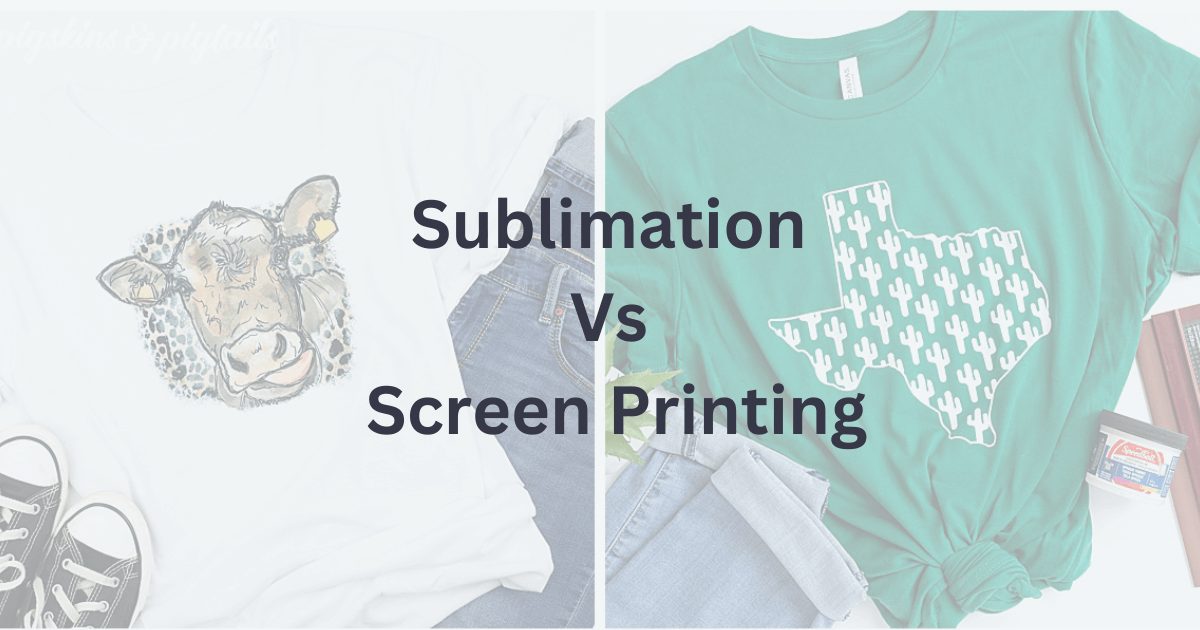
Quality of Prints
Sublimation printing excels in producing high-quality, vibrant prints with exceptional detail, smooth gradients, and long-lasting durability. It is particularly suitable for synthetic fabrics and coated substrates. On the other hand, screen printing offers versatility and cost-effectiveness for large-scale production runs. It can print on various materials, including cotton, and allows for special effects like metallic or glow-in-the-dark prints. However, screen printing may have limitations in color accuracy, gradient capabilities, and intricate designs.
In short sublimation is often praised for its photographic-quality prints, producing smooth, full-color spectrum outputs and screen printing, however, excels in producing vibrant colors, especially on dark fabrics.
Durability of Prints
When it comes to the durability of prints, sublimation printing and screen printing have some differences. Sublimation prints are highly durable and long-lasting. The ink bonds with the fabric fibers, resulting in prints that are resistant to fading, cracking, and peeling, even after repeated washes and extended use. The color vibrancy and sharpness of sublimation prints remain intact over time, making them a reliable choice for products that require longevity.
On the other hand, screen printing also offers good durability, especially when high-quality inks and proper curing techniques are employed. However, screen prints may be slightly more prone to fading or cracking over time, especially if exposed to harsh washing conditions or frequent abrasion. Proper care and maintenance can help prolong the lifespan of screen printed items.
In terms of overall durability, sublimation printing tends to have an edge due to the ink becoming a permanent part of the fabric, providing excellent resistance to wear and tear. However, it’s worth noting that both printing methods can produce durable prints, and the actual longevity depends on factors such as the quality of materials, ink, and the usage and care of the printed items.
Versatility of Materials
In terms of versatility of materials, sublimation printing and screen printing offer different capabilities. Sublimation printing is highly compatible with synthetic fabrics and coated substrates. It works exceptionally well on polyester-based materials, allowing for vibrant and detailed prints with excellent color saturation. It is also suitable for other items like mugs, phone cases, and mousepads, providing versatility in terms of product customization.
Whereas, screen printing offers greater versatility in terms of the range of materials it can print on. It can be used on a wide variety of fabrics, including cotton, polyester, blends, and even non-textile materials like wood and metal. This flexibility makes screen printing a popular choice for printing on t-shirts, apparel, signage, promotional products, and more.
While sublimation printing may have limitations in terms of the specific materials it can be applied to, screen printing offers a broader scope for printing on diverse surfaces. Whether it’s cotton t-shirts, polyester sportswear, or unconventional materials, screen printing provides the versatility needed for various applications.
Advantages and Disadvantages of Sublimation
It’s important to consider the following advantages and disadvantages of sublimation printing when determining its suitability for specific printing projects and materials.
Advantages
Vibrant and Detailed Prints: Sublimation printing offers vibrant and detailed prints with excellent color saturation. It can reproduce intricate designs, fine lines, and small text with precision.
Smooth Color Gradients: Sublimation excels in rendering smooth color gradients and transitions. It can accurately replicate subtle color variations and shading, resulting in visually striking designs.
Long-Lasting Durability: When talking about durability, sublimation prints are highly durable and resistant to fading, cracking, and peeling. The ink bonds with the fabric fibers, ensuring that the prints retain their vibrancy and sharpness over time.
Versatility on Synthetic Fabrics: This printing process is particularly suitable for synthetic fabrics, such as polyester. It produces excellent results on coated substrates, making it ideal for a wide range of products like sportswear, customized apparel, and promotional items.
Disadvantages
Limited Compatibility with Natural Fabrics: Sublimation is not suitable for natural fabrics like cotton. The process relies on the ink bonding with synthetic fibers, which limits its application on certain materials.
Specialized Equipment and Ink Required: Specialized equipment such as a heat press and sublimation inks are required to conduct the sublimation process. These can involve higher upfront costs and specific setup requirements compared to other printing methods.
Design Limitations: There are also limitations in terms of design complexity. While it excels in reproducing intricate details, it may face challenges in achieving certain effects or textures that can be achieved through other printing techniques.
Higher Production Costs for Small Runs: While sublimation printing is more cost-effective for larger production runs due to the initial equipment and setup costs involved, whereas for small or one-off printing jobs, it may be more expensive compared to other methods like direct-to-garment (DTG) printing.
Read more about the Types of Sublimation here. Flatten on cricut design space
Advantages and Disadvantages of Screen Printing
Considering the below advantages and disadvantages of screen printing is essential to determine whether it is the appropriate printing method for a particular project, budget, and desired outcome.
Advantages
Versatility of Materials: Screen printing offers great versatility in terms of the range of materials it can print on. It can be used on various fabrics such as cotton, polyester, blends, as well as non-textile materials like wood, metal, and paper.
Cost-Effective for Large Production Runs: It is a cost-effective process for large production runs. Once the screen is set up, the cost per print decreases, making it an economical choice for high-volume orders.
Strong and Durable Prints: Screen prints are known for their durability. When high-quality inks and proper curing techniques are used, screen prints can withstand repeated washing and maintain their color vibrancy over time.
Special Effects and Customization Options: Screen printing process allows for special effects like metallic inks, glow-in-the-dark inks, and textured finishes. It offers a wide range of customization options, including the ability to layer colors and achieve vibrant, opaque prints.
Disadvantages
Limitations in Fine Detail and Gradients: This printing process may have limitations in reproducing fine details and intricate designs, especially compared to other printing methods like sublimation or digital printing. It may struggle to capture subtle color gradients and smooth transitions.
Higher Initial Setup Costs: Screen printing requires the creation of screens for each color in the design, which incurs upfront setup costs. This can be more expensive for small runs or projects with multiple colors.
Longer Production Time: The process of screen printing involves multiple steps, such as screen preparation, ink mixing, and multiple passes for each color. This can result in longer production times compared to some other printing methods.
Limited Color Accuracy: Achieving precise color matching in screen printing can be challenging. The color outcome may vary slightly from the original design due to factors such as ink mixing, screen tension, and substrate color.

Which is Better: Sublimation or Screen Printing?
The question, “which is better: sublimation or screen printing?” depends heavily on your specific needs.
For small-scale, customized orders, sublimation may be preferable due to its ability to print detailed, vibrant designs.
For larger orders, especially on dark fabrics, screen printing can be the more economical and efficient choice.
Is Sublimation Better Than Screen Printing?
There are circumstances where sublimation proves superior.
For instance, when printing on polyester fabrics or hard surfaces like ceramic and metal, sublimation offers excellent, long-lasting results.
In contrast, for projects requiring printing on darker or cotton materials, screen printing may hold the upper hand.
For a detailed comparison, check out Sublimation vs DTG and Sublimation vs Heat Transfer.
Conclusion
When it comes to deciding, “Is sublimation better than screen printing?” the answer lies in the specifics of your project.
Consider factors like the material, color, design complexity, and quantity before making a decision.
Both methods have their strengths and are capable of producing high-quality results.
Therefore, understanding the differences can help guide you to the most suitable method for your needs.
For a deeper dive into sublimation, from choosing the right sublimation printer for your business to mastering sublimation design software, explore our comprehensive resources on PrintAngles.com.
Frequently Asked Questions – Is Sublimation Better Than Screen Printing
Can I use any printer for sublimation?
No, not every printer is suitable for sublimation. A printer must be compatible with sublimation inks.
For more information, read Can you use any printer for sublimation?
Is sublimation printing durable?
Yes, sublimation prints are highly durable as the dye embeds into the fabric, making them resistant to fading and peeling.
Can screen printing be done on any material?
Screen printing is highly versatile and can be done on a variety of materials, including textiles and metals.
Is sublimation better for detailed designs?
Yes, sublimation is an excellent choice for detailed designs, as it can reproduce the full color spectrum and fine details.
Can you use sublimation on cotton?
Sublimation works best on polyester materials.
However, special sublimation coatings are available for cotton. For more, read Sublimation on Cotton.
How can I make sublimation brighter?
There are several techniques to make sublimation brighter, including using high-quality sublimation paper and ensuring the correct heat press temperature and time.
Learn more at How to Make Sublimation Brighter.
Are sublimation prints safe for dishwashers and microwaves?
Yes, sublimation prints on mugs and tumblers are usually safe for dishwashers and microwaves.
However, it’s always a good idea to check the manufacturer’s instructions.
For more info, read Are Sublimation Mugs Microwave Safe? and Are Sublimation Tumblers Dishwasher Safe?
Can you overheat a sublimation print?
Overheating can cause sublimation prints to look dull or discolored.
It’s essential to use the correct heat press settings. Read Can You Overheat HTV? for more details.
Remember, whether it’s sublimation or screen printing, the most suitable method depends on your unique project needs.
From choosing the right sublimation printer to understanding the types of shirt printing, continue exploring and expanding your knowledge to make the most informed decisions. Happy printing!
Read More: How to use sublimation papers

I’m Derrick Flora and I am the owner of Printangles.com. I am the father of 2 angles and 1 boy and I am 37 years old. I had done Bachelor in Fashion and Textile Studies from FIT State University of New York. It’s been 7 years since when started the sublimation business. I sublimated mugs, t-shirts, canvas, and many more. And we have analyzed some things that beginners don’t apply the actual strategies to complete the project. And those strategies are making your sublimation better onto the material. What do beginners do, they just buy the sublimation printer and the heat press without knowing about them.

